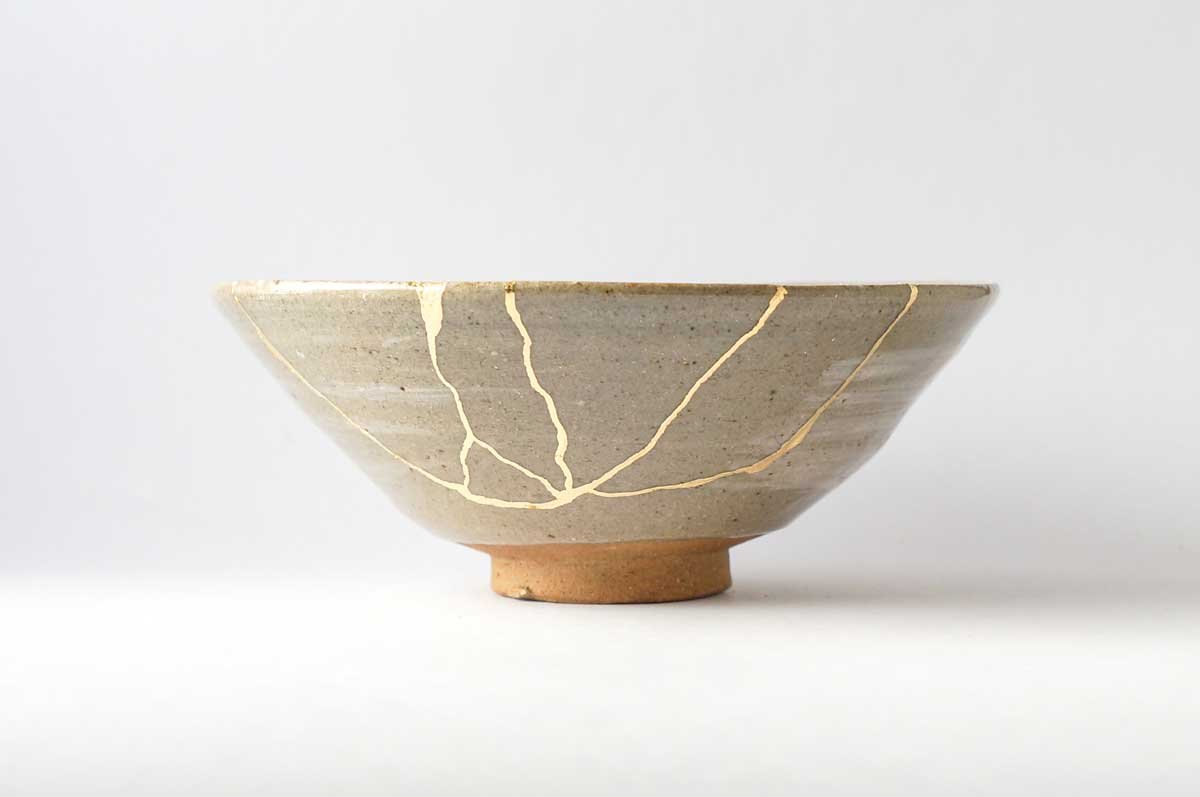How Do You Help Your Child “Pick Up the Pieces” and Recover From Emotional Breakdowns?
Kintsugi is an ancient Japanese practice; an art form, of repairing broken pottery with gold. It's a metaphor that reminds us that our beauty is found in our imperfections.
The Kintsugi Analogy: Embracing Imperfection in Learning
The image of Kintsugi, the Japanese art of repairing broken pottery with gold, is a powerful reminder that imperfection can be beautiful and valuable. It's a great way to teach students, especially those with autism who may struggle with anxiety and perfectionism, that mistakes are a natural part of learning.
Reframing Mistakes ✨
By asking students whether they'd prefer a set of unbroken bowls or a single bowl with golden cracks, you highlight that the broken bowl, repaired and made more beautiful by its imperfections, is the more interesting and valuable one. This reframes mistakes as opportunities for growth and learning.
Strategies for Emotional Recovery ❤️🩹
When students experience emotional breakdowns, it's important to provide support and guidance to help them "pick up the pieces." Here are some strategies:
- Create a Safe Space: Provide a quiet and calming environment where the student can de-escalate and regulate their emotions.
- Validate Their Feelings: Acknowledge and validate the student's emotions without judgment. Let them know it's okay to feel overwhelmed or frustrated.
- Teach Coping Skills: Help the student develop coping mechanisms, such as deep breathing exercises, mindfulness techniques, or sensory strategies.
- Problem-Solving: Once the student is calm, help them identify the triggers for their emotional breakdown and develop strategies to prevent or manage similar situations in the future.
- Positive Reinforcement: Encourage and praise the student for their efforts to manage their emotions and recover from setbacks.
Remember, every child is different. It's important to tailor your approach to the individual needs of the student.

